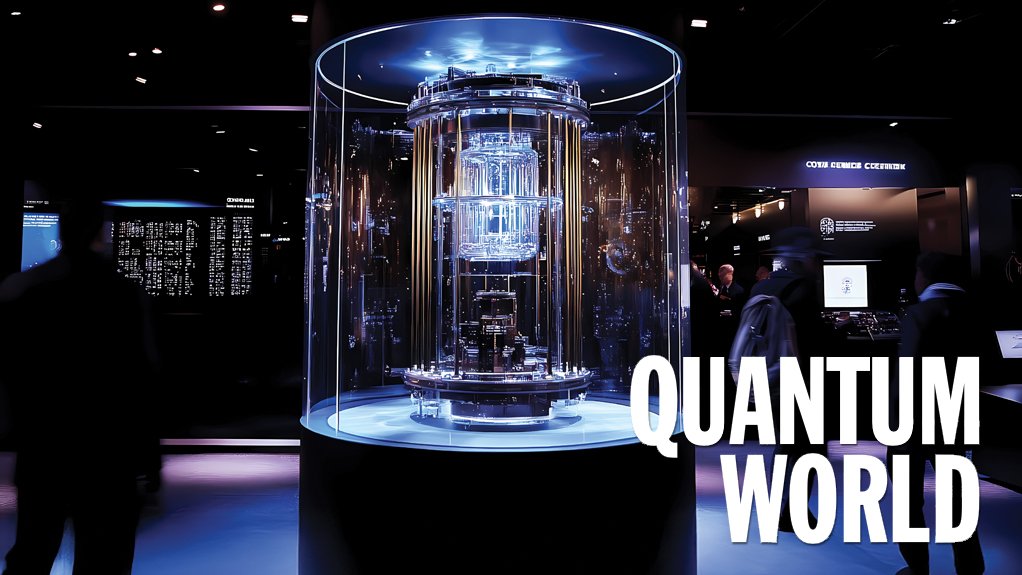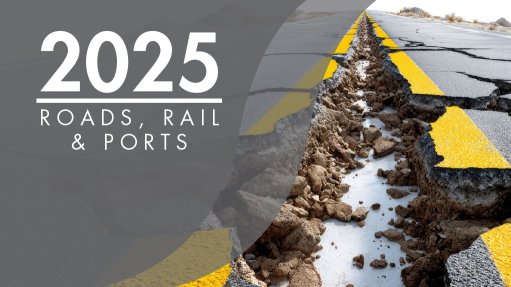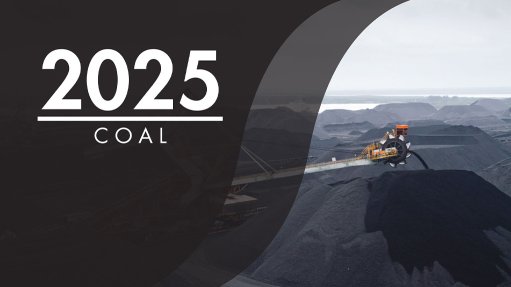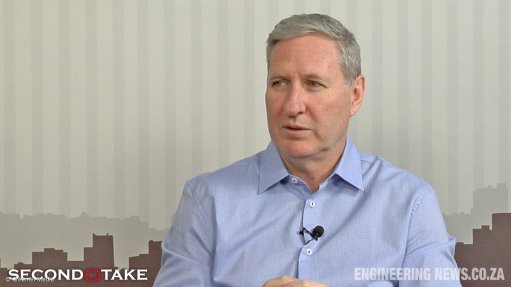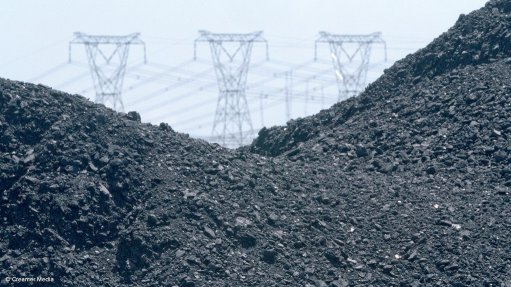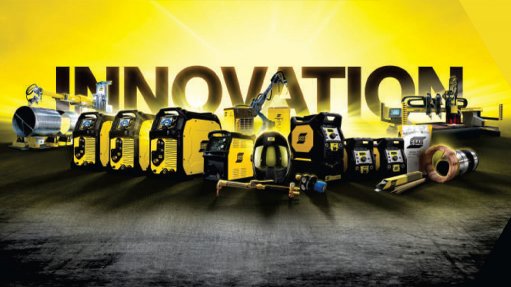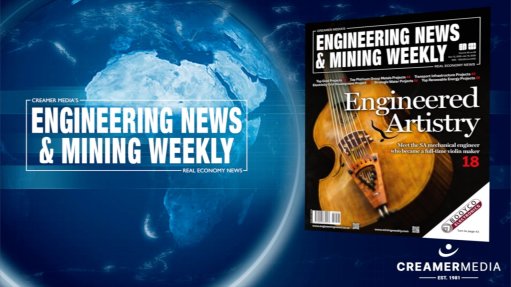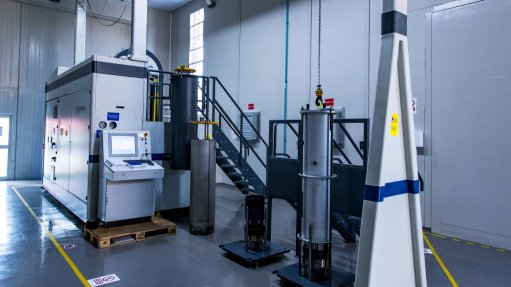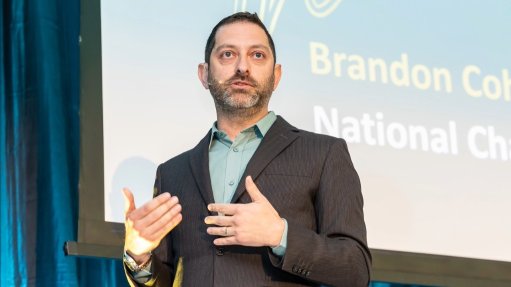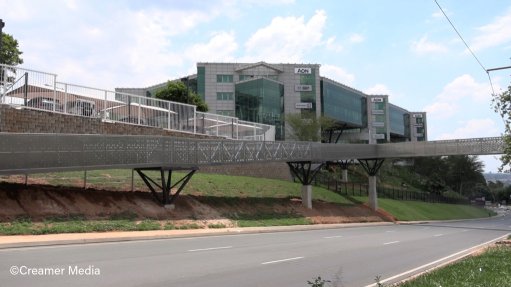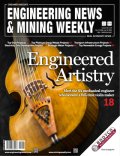Some real-world prospects emerging as globe marks year of quantum science and technology
This year is the International Year of Quantum Science and Technology. Proclaimed by the UN, it celebrates the centenary of the development of the theory of quantum mechanics and is being marked by events all around the world, on every inhabited continent. In Africa, events have taken, and will take, place in Algeria, Egypt, Mauritius, Mozambique, South Africa and Zimbabwe. Quantum science, also called quantum physics, is decidedly, if not notoriously, esoteric.
“Quantum physics is the study of matter and energy at the most fundamental level. It aims to uncover the properties and behaviours of the very building blocks of nature,” explains the California Institute of Technology’s Caltech Science Exchange website. “The field of quantum physics arose in the late 1800s and early 1900s from a series of experimental observations of atoms that didn’t make intuitive sense in the context of classical physics. Among the basic discoveries was the realisation that matter and energy can be thought of as discrete packets, or quanta, that have a minimum value associated with them. For example, light of a fixed frequency will deliver energy in quanta called ‘photons’. Each photon at this frequency will have the same amount of energy, and this energy can’t be broken down into smaller units.”
These discoveries led, in the 1920s, to the development of quantum mechanics, which was developed by some of the greatest figures in the history of physics – Niels Bohr, Werner Heisenberg, Erwin Schrödinger, and others. It explains simple phenomena, for example how the position or the momentum of a single particle or a small group of particles changes over time. Quantum mechanics became and remains the basic mathematic framework for all quantum science.
To move from such simple phenomena to understanding how things actually work in reality, quantum mechanics had to be combined with other discoveries and theories of physics, particularly the special theory of relativity, developed by Albert Einstein. Special relativity explains what occurs when objects move extremely fast. The result was three quantum field theories, to explain three of the four fundamental forces through which matter interacts. These three forces are electromagnetism, the strong nuclear force, and the weak nuclear force. The first explains how atoms hold together, the second, why the nuclei of atoms are stable, the third, why some atoms experience radioactive decay.
Structure of an Atom
There are several particularly important key concepts in quantum physics. One of these concerns the structure of an atom: the old idea that an atom was like a miniscule solar system, with electrons orbiting the nucleus like planets orbit the Sun, is wrong. Rather, quantum theory conceives of the electrons as being spread within “orbitals” (these being mathematical descriptions showing the probability of the existence of the electrons in more than one place, within a specified range and at a specified time); electrons can “jump” from one orbital to another, if they gain or lose energy, but they can never be located between orbitals.
Another of these concepts is wave-particle duality: light and matter, experiments showed, seemed to be either particles or waves, depending on the way they were measured. The current understanding is that they are not, in fact, either particles or waves but, in Caltech’s words, “distinct quantum objects that we cannot easily conceptualise”.
A third key concept is the uncertainty principle, which is associated with Heisenberg’s name. To put it simply, two properties of a quantum object, such as its position and velocity, cannot be precisely determined at the same time.
Then there is the concept of superposition. This describes a quantum object as “a combination of multiple possible states at the same time”. Caltech’s analogy is with a ripple on a pond which is a combination of two overlapping ripples. Mathematically, superposition in an object is represented by an equation with more than one solution.
A fifth key concept is entanglement – which Einstein famously described as “spooky action at a distance”. Entanglement occurs when two or more quantum objects are so linked that they can be considered as a single system, even if they are distant from each other. You cannot fully describe one of the entangled objects without information on the state of the other one. On the other hand, gaining information on the state of one of the objects immediately gives you information about the other (and vice versa).
Then there is the concept of decoherence. This is the process by which quantum particles and systems decay or collapse or change, becoming single states which can be measured by classical physics.
Lastly, there is interference. This is the phenomenon of entangled quantum states interacting and producing more or less likely probabilities.
Standard Model
The three quantum field theories, together, provide us with what is called the Standard Model of particle physics. Writing in the New Scientist, Richard Webb described this as a “ramshackle coalition” that was also the “most accurately tested picture of matter’s basic working that’s ever been devised”.
It’s greatest triumph so far was the 2012 discovery of the Higgs boson (which gives all other particles their mass), the existence of which had been predicted by quantum field theories in 1964. However, much remains which cannot be currently explained by quantum theories. One of these is the fourth fundamental force, gravity, which is currently explained by Einstein’s general theory of relativity, a totally non-quantum theory that doesn’t make use of particles. “The world is at some level quantum,” says Webb, “but whether quantum physics is the last word about the world remains an open question.”
Real-World Technologies?
All very fascinating. But, does this have any relevance in our reality? It’s beginning to. Quantum science is opening the door to real-world, practical, quantum technologies. These include quantum computing, quantum communications, quantum navigation and quantum sensors.
Quantum computing is the best known of these. Quantum computers already exist, but they are still at the development stage.
“By taking advantage of quantum physics, fully realised quantum computers would be able to process massively complicated problems at orders of magnitude faster than modern machines,” highlights renowned US-based supercomputer, quantum computer, AI, software and research and development group IBM. “For a quantum computer, challenges that might take a classical computer thousands of years to complete might be reduced to a matter of minutes.”
Quantum computing makes use of superposition, entanglement, decoherence and interference. While classical computing stores and processes data by using binary bits (that is, a bit can represent either the numbers zero or one), quantum computing uses qubits (an acronym for quantum bit). Qubits can be both zero and one at the same time (superposition).
Qubits are created by manipulating and measuring photons, electrons, trapped ions and atoms, which are all quantum particles. Superconducting circuits can also be engineered to behave like quantum particles. All these options require that the qubits be kept at extremely low temperatures, to minimise “noise” and avoid unintended decoherence, which would result in errors or other inaccurate results.
“When combined, qubits in superposition can scale exponentially,” explains IBM. “Two qubits can compute four pieces of information, three can compute with eight, and four can compute with sixteen. However, each qubit can only output a single bit of information at the end of the computation. Quantum algorithms work by storing and manipulating information in a way inaccessible to classical computers, which can provide speedups for certain problems.”
To reiterate, quantum computers work in a totally different way to classical computers. To solve a problem, a classical computer runs through every possible option until it finds the solution. “[Q]uantum computers measure the probability amplitudes of qubits to determine an outcome,” elucidates IBM. “These amplitudes function like waves, overlapping and interfering with each other. When asynchronous waves overlap, it effectively eliminates possible solutions to complex problems, and the realised coherent wave or waves present the solution.”
With quantum computers comes the possibility of a quantum Internet to link them all together. This is currently a theoretical concept, and would not replace the current Internet, but complement it.
Communications & Navigation
The field of quantum communications is actually focused on making communications secure (that is, undecipherable), by using quantum phenomena such as superposition and entanglement. A number of pathways are being explored, and protocols developed, of which one at least is already in existence and is being tested – Quantum Key Distribution, better known as QKD.
Quantum navigation is intended to provide a highly accurate navigation system that is totally independent of satellites and so cannot be jammed. Such systems involve tracking a single atom held in cryogenic conditions. Last year, UK researchers successfully demonstrated such a system in tests on a naval vessel, on an aircraft, and on the London Underground system.
“Quantum sensing is an advanced sensor technology that vastly improves the accuracy of how we measure, navigate, study, explore, see and interact with the world around us by sensing changes in motion, and electric and magnetic fields. The analysed data is collected at the atomic level,” notes UK-based major aerospace and defence group BAE Systems.
“It’s called quantum sensing because it uses quantum resources – delicate phenomena that are apparent only on an atom-sized scale – to achieve this extreme accuracy. Collecting these ‘delicate’ data at the atomic level often means extracting information from individual atoms instead of from the huge collections of atoms, as happens in classical physics.”
Quantum sensing systems already exist, but hitherto they have been scarce and highly prized. This is now changing and they are becoming ever more widely available. Currently, there are six types of quantum sensors in use or under active development – quantum chemical sensors, quantum clocks, quantum gravimeters, quantum thermometers, quantum magnetometers, and quantum imaging interferometers. They employ phenomena such as entanglement, superposition as well as discreet states and coherence.
Once it is widely deployed, quantum sensing is expected to dramatically improve the capabilities for a wide range of industries and service sectors. These range from aerospace to medicine and health care, from computer and electronics to geology and civil engineering, from climatology and weather forecasting to minerals and mining, from government agencies to utility companies, space exploration to law enforcement, environmental management to transit companies, and many others.
The Players
Given the enormous promise of quantum technologies, it is unsurprising that a lot of money is going into their development. Last year, the World Economic Forum reported that 28 national governments, spread across all the inhabited continents, were investing an estimated total of $40-billion in quantum technologies. Note, this figure excludes all private sector investment and seems to exclude investments by subnational governments, such as those of federal states or provinces. So, the real figure is much higher.
The top ten were China ($15-billion), the UK ($4.3-billion), the US Quantum Initiative ($3.76-billion), Germany ($3.3-billion), South Korea ($2.35-billion), France ($2.2-billion), Russia ($1.45-billion), Canada ($1.1-billion), the EU Quantum Flagship programme (also $1.1-billion), and the Netherlands ($1-billion). Of the other Brics countries, India was spending $735-million, while Brazil (the only South American country on the list) was far behind, at $12-million.
The good news is that South Africa was on the list, the only African country to make it. The bad news is that it was in last place, at only $3-million. For comparison, Thailand was committing $6-million, Qatar $10-million, while New Zealand was investing $36.75-million and Australia, $699-million.
Nevertheless, a small programme is much better than no programme. This programme is the South African Quantum Technology Initiative (SA QuTI). The goal of SA QuTI is to “create the conditions for a globally competitive research environment in quantum technology and grow a local quantum technology industry in South Africa”.
SA QuTI has five nodes, namely the University of the Witwatersrand, the University of KwaZulu-Natal, Stellenbosch University, the Cape Peninsula University of Technology, and the University of Zululand. SA QuTI currently has three programmes, or ‘Flagships’ – quantum computing; quantum communications; and quantum metrology, sensing and imaging.
Article Enquiry
Email Article
Save Article
Feedback
To advertise email advertising@creamermedia.co.za or click here
Comments
Press Office
Announcements
What's On
Subscribe to improve your user experience...
Option 1 (equivalent of R125 a month):
Receive a weekly copy of Creamer Media's Engineering News & Mining Weekly magazine
(print copy for those in South Africa and e-magazine for those outside of South Africa)
Receive daily email newsletters
Access to full search results
Access archive of magazine back copies
Access to Projects in Progress
Access to ONE Research Report of your choice in PDF format
Option 2 (equivalent of R375 a month):
All benefits from Option 1
PLUS
Access to Creamer Media's Research Channel Africa for ALL Research Reports, in PDF format, on various industrial and mining sectors
including Electricity; Water; Energy Transition; Hydrogen; Roads, Rail and Ports; Coal; Gold; Platinum; Battery Metals; etc.
Already a subscriber?
Forgotten your password?
Receive weekly copy of Creamer Media's Engineering News & Mining Weekly magazine (print copy for those in South Africa and e-magazine for those outside of South Africa)
➕
Recieve daily email newsletters
➕
Access to full search results
➕
Access archive of magazine back copies
➕
Access to Projects in Progress
➕
Access to ONE Research Report of your choice in PDF format
RESEARCH CHANNEL AFRICA
R4500 (equivalent of R375 a month)
SUBSCRIBEAll benefits from Option 1
➕
Access to Creamer Media's Research Channel Africa for ALL Research Reports on various industrial and mining sectors, in PDF format, including on:
Electricity
➕
Water
➕
Energy Transition
➕
Hydrogen
➕
Roads, Rail and Ports
➕
Coal
➕
Gold
➕
Platinum
➕
Battery Metals
➕
etc.
Receive all benefits from Option 1 or Option 2 delivered to numerous people at your company
➕
Multiple User names and Passwords for simultaneous log-ins
➕
Intranet integration access to all in your organisation



